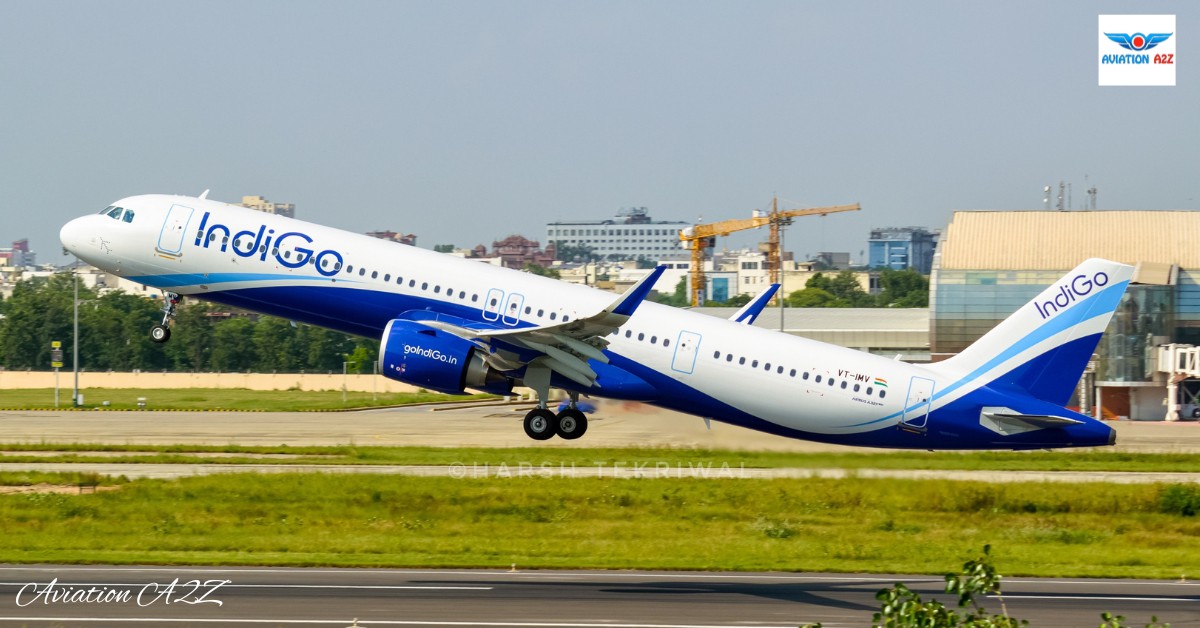DELHI- India’s largest airline, IndiGo Airlines (6E), has announced its second Airbus A321XLR route. The airline will fly the Delhi-Athens route, which joins the previously revealed Mumbai-Athens flights. Both routes are now open for booking, marking IndiGo’s entry into the European market with its long-range narrow-body aircraft.
The airline will operate three weekly flights from each of Delhi and Mumbai to Athens starting late January 2026. This gives Greece six total weekly flights from India on IndiGo, making Athens the carrier’s first European destination using the A321XLR.
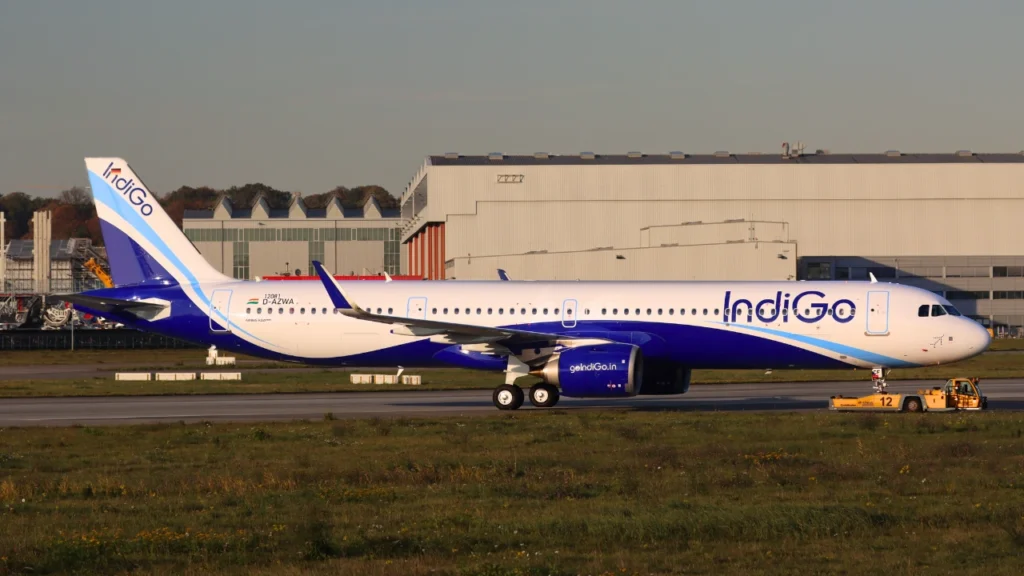 Photo: Tobias Gudat
Photo: Tobias Gudat
IndiGo Airlines A321XLR Routes
Both of the routes will start from January 2026, subject to schedule. IndiGo is expecting to get delivery of its very first Airbus A321XLR in December 2025. Any delays in that would mean the flights will be pushed to some other date.
The airline is due to begin the Delhi-Athens route on January 24, 2026. IndiGo will operate this route three times a week on every Wednesday, Friday, and Sunday. Flight 6E1901 leaves Delhi at 09:10 am IST and arrives in Athens at 14:25 local time. The return flight, 6E1902, departs from Athens at 16:00 local time and reaches Delhi at 03:10 am IST the next day.
Though the A321XLRs have the range, the Delhi–Athens route will need a detour to avoid Pakistani airspace. January 2026 is still away, but by then, IndiGo will likely have to finalize its optimal routing plan. IndiGo will have to potentially fly via the Arabian Sea and the Middle East in case the Pakistani airspace remains closed.
Coming to the Mumbai – Athens route, the flights will start a day earlier on January 23, 2026. The flights will operate 3 times a week as well, running on every Thursday, Saturday, and Sunday. Flight 6E1903 will leave Mumbai at 09:50 am IST and will land in Athens at 14:15 local time. The return Flight 6E1904 will depart from Athens at 15:25 local time and arrive in Mumbai at 02:00 am IST the following day.
Both routes will be flown using the Airbus A321XLR, which has a really good range, with Airbus claiming it to be nearly 8,700 kilometers. This allows IndiGo to reach European cities directly without needing wide-body aircraft. The flight time to Athens is around 7-8 hours, well within the XLR’s capabilities.
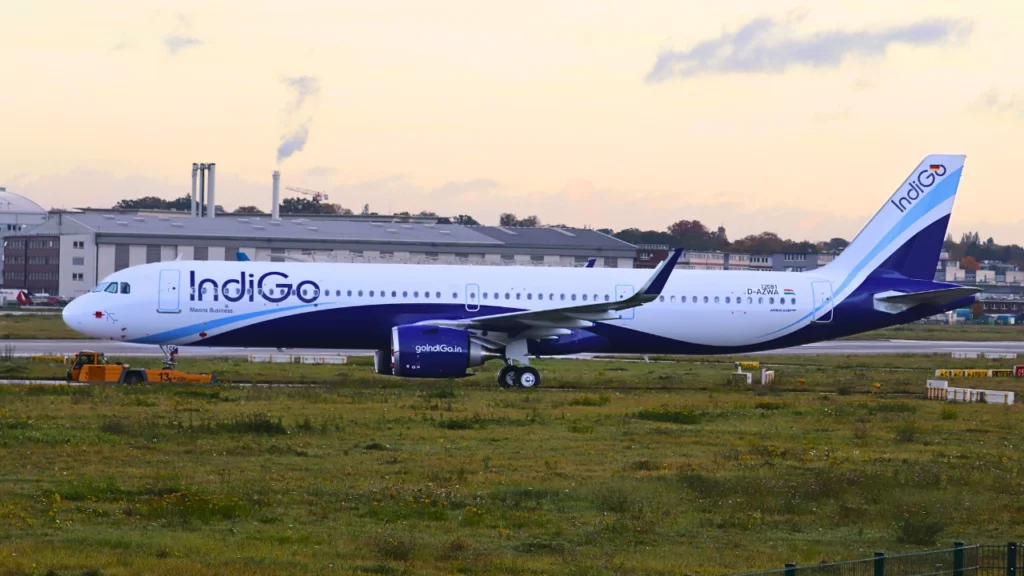 Photo: Tobias Gudat
Photo: Tobias Gudat
The India-Athens market
The point-to-point passenger demand between India and Athens isn’t particularly large. Delhi had about 35,000 round-trip passengers to Athens, while Mumbai saw only 18,000. These are small numbers compared to the flights both Delhi and Mumbai will be getting.
Aegean Airlines (A3) was the first to announce the flights between Greece’s capital, Athens, and Delhi and Mumbai from March 2026. Later, IndiGo announced flights to Mumbai and now Delhi. IndiGo now plans to start flights before Aegean Airlines.
So why is IndiGo launching these routes with relatively weak point-to-point demand? Athens will work as a connecting hub. IndiGo is codesharing with Aegean Airlines on these routes. The Greek capital has good onward connections to other European cities. Indian passengers can fly IndiGo to Athens, then connect on Aegean Airlines or other European carriers to reach their final destinations across Europe.
This connecting traffic is likely what IndiGo is banking on. Rather than just serving the India-Greece market, they’re positioning Athens as another gateway to Europe. Someone from Delhi wanting to visit Rome or Vienna will now have an option to route through Athens instead of the usual Gulf hubs.
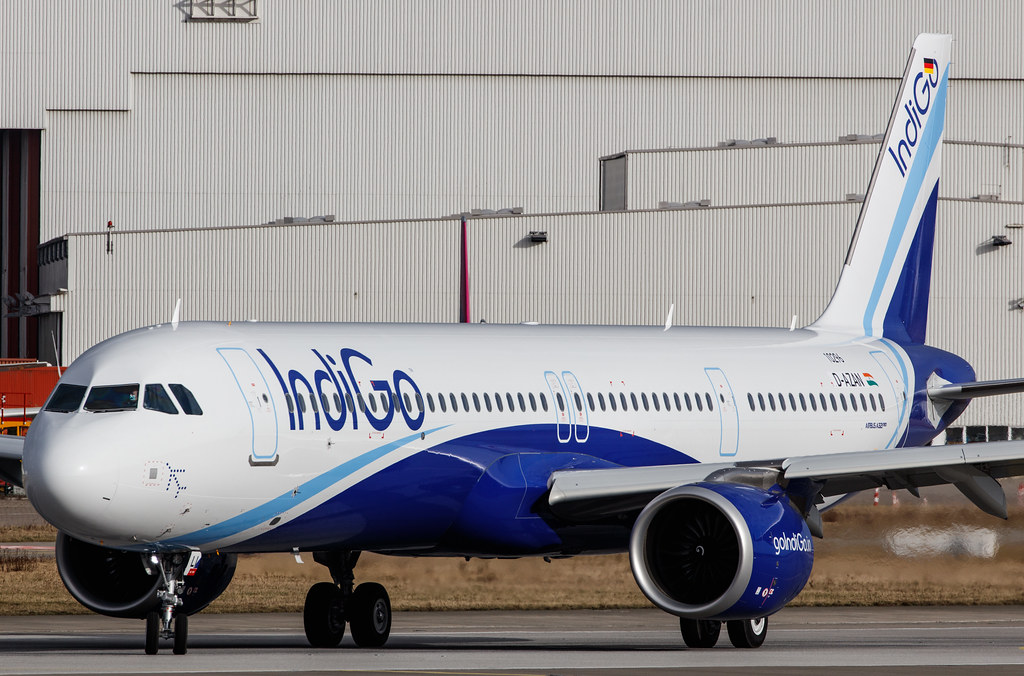 Photo: Hamburg Finkenwerder: IndiGo (6E / IGO) | Airbus A321-251N… | Flickr
Photo: Hamburg Finkenwerder: IndiGo (6E / IGO) | Airbus A321-251N… | Flickr
IndiGo’s First A321XLR Aircraft Route
IndiGo is set to receive its first Airbus A321XLR aircraft soon, marking a significant milestone for the airline’s fleet expansion.
The carrier has ordered 69 A321XLR aircraft, which is the largest order by any airline for this aircraft variant. The deliveries were expected to start from 2025 and ramp up through 2026 and beyond.
The A321XLR represents the latest evolution in Airbus’s single-aisle aircraft family. It can fly up to 8,700 kilometers based on the seating configuration. This is significantly farther than previous narrow-body variants. This extra range opens up European and other long-haul destinations that were previously out of reach for narrow-body operations.
The airline has built its success on efficient narrowbody operations, and the XLR extends that model to longer routes. Athens becomes the testing ground for this new capability. The aircraft will likely feature a different configuration than IndiGo’s standard A320 and A321neo fleet.
Long-haul flights require different passenger amenities compared to 2-3 hour regional routes. IndiGo will have 12 business class stretch seats and 183 economy class seats. How things like seat pitch, entertainment systems, and meal service on board will look needs to be seen.
Delhi and Mumbai – Bali could very well be the next A321XLR route for IndiGo. The airline right now will be operating flights to Bali from these 2 cities with a stop for fueling. Delhi flights will have a pit stop in Bhubaneswar, while Mumbai flights will have one in Chennai.
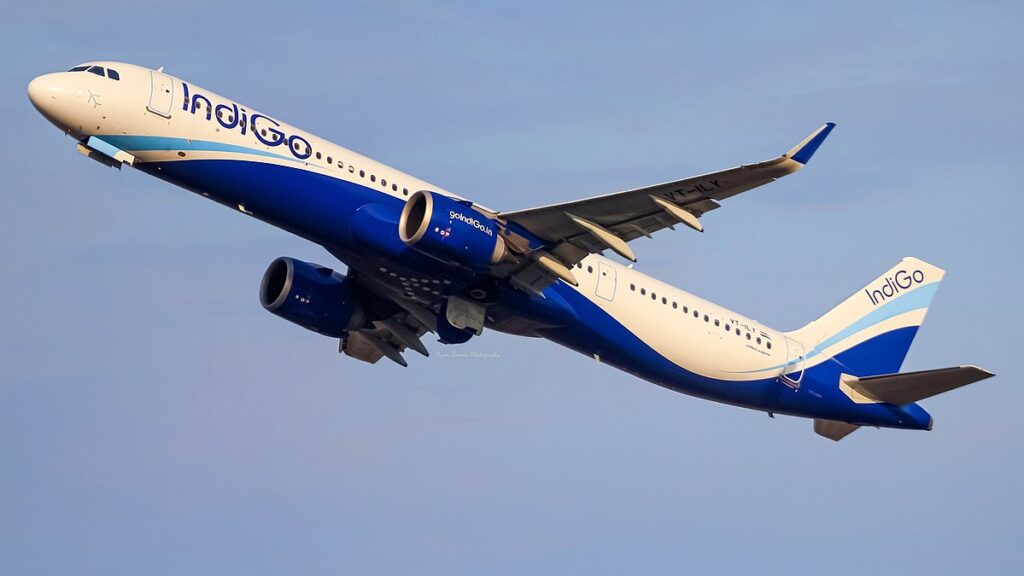 Image courtesy of Wiki Commons, Md Shaifuzzaman Ayon
Image courtesy of Wiki Commons, Md Shaifuzzaman Ayon
What European Cities Could Come Next
Looking at India’s traffic patterns, several European cities make more sense than Athens in terms of point-to-point demand. Paris, Frankfurt, and several other European cities all see significantly higher passenger numbers from India. However, these markets already have multiple daily flights from established carriers.
Rome could be a strong candidate. Italy sees growing Indian tourist interest and doesn’t have as much direct capacity as London or other European cities. Milan is another Italian option with business travel potential.
Barcelona attracts Indian tourists and has become a popular European destination. Spain, in general, sees increasing Indian visitor numbers. Madrid could also work, though Barcelona’s tourism appeal might give it an edge.
Munich and Zurich both serve as Star Alliance hubs where IndiGo could potentially benefit from network connectivity. These cities have strong business travel markets and good onward connections.
The key for IndiGo will be finding cities that offer both point-to-point demand and strong connecting opportunities to Southeast Asian airports via Indian airports. Pure point-to-point routes need higher traffic volumes to justify narrow-body operations. Cities that work as gateways to broader European networks make more sense for the A321XLR’s capabilities.
Industry observers expect more XLR route announcements through 2026 as IndiGo receives additional aircraft deliveries. The airline is clearly testing different European markets to see what works with this aircraft type and their business model.
Stay tuned with us. Further, follow us on social media for the latest updates.
Join us on Telegram Group for the Latest Aviation Updates. Subsequently, follow us on Google News
